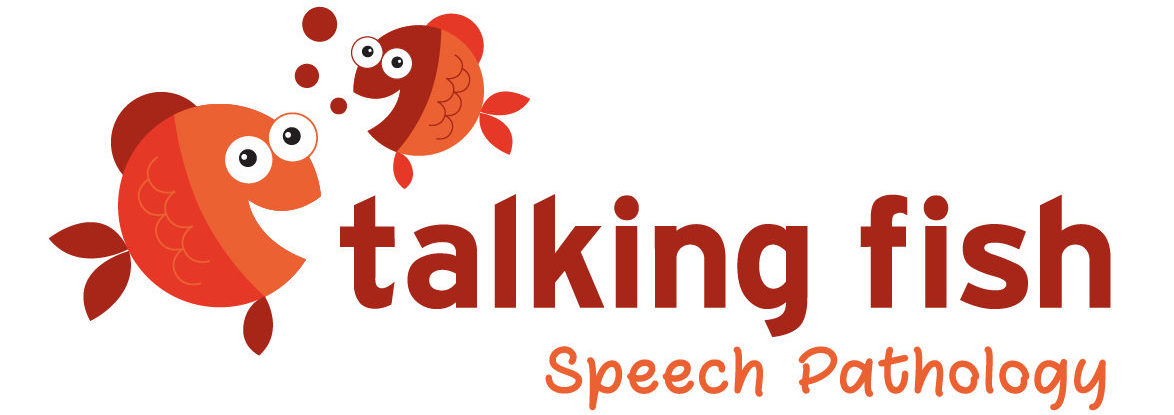May 14th is Childhood Apraxia of Speech awareness month! The month is not commonly recognised in Australia, but we wanted to write a piece about it to raise awareness for the disorder.
What is Childhood Apraxia of Speech?
Childhood Apraxia of Speech (CAS), or dyspraxia, is a rare neurological motor speech sound disorder that disrupts the planning and programming of accurate speech sounds. Just like we use our brain to make a cup of tea or ride a bike, we need our brain to tell our facial muscles (jaw, lips and tongue) how to move to make the correct sounds. Children with CAS know what they want to say, but are not able to accurately coordinate the muscles of their mouths to make the sounds they want. Children can vary from having mild to severe speech sound difficulties. These difficulties can impact children’s ability to engage in activities and participate in group activities due to their difficulties being understood by their peers.
Importantly, children with CAS are just like any other child. They like the same foods, the same iPad apps, and they all like to laugh and have fun. They just need some extra support and time to get their message across 💙
What does CAS sound like?
Children with CAS experience varied degrees of difficulty producing accurate speech sounds.
The three main features seen in the speech of children with CAS are:
- Inconsistent speech errors.
This occurs because children with CAS may not have a plan to make a sound, so it is different each time they make it. This means that they might make different mistakes for the same word. For example; producing the word ‘bike’, three different ways in a matter of minutes (‘ike’, ‘bi’, ‘bibe’).
- Disrupted transitions between sounds and syllables.
This means that the child’s speech may sound choppy or disjointed because they are experiencing difficulty moving onto the next part of their word or sentence. Children with CAS may speak slower than other children because they require more effort to get their message across. For example, ‘bay.. bee’ for baby.
- Inappropriate prosody.
Prosody refers to the volume, rhythm, intonation, and stress of speech. Children with CAS may speak without changing their intonation (monotone), or stress the wrong parts of speech (speak loudly at the incorrect time) because this is an extra layer of speech that needs to be planned.
What therapy is there for children with CAS?
Evidence shows that CAS requires frequent, intensive therapy to see the best results in children (twice weekly therapy). Therapy for CAS is slightly different from therapy that targets other speech sound disorders. Therapy for CAS often requires repeated attempts to produce the correct sound so the child can learn the correct motor plan. Therapists will assist children in producing sounds, syllables, and words correctly depending on their difficulties.
Available therapies can be found here: https://childapraxiatreatment.org/treatment-methods/
Children with CAS can also benefit from augmentative and alternative communication (AAC) such as speech generating devices or sign language to help them get their message across.
If you have any questions about CAS, feel free to get in touch with us at Talking Fish.
More information can also be found at this website:
